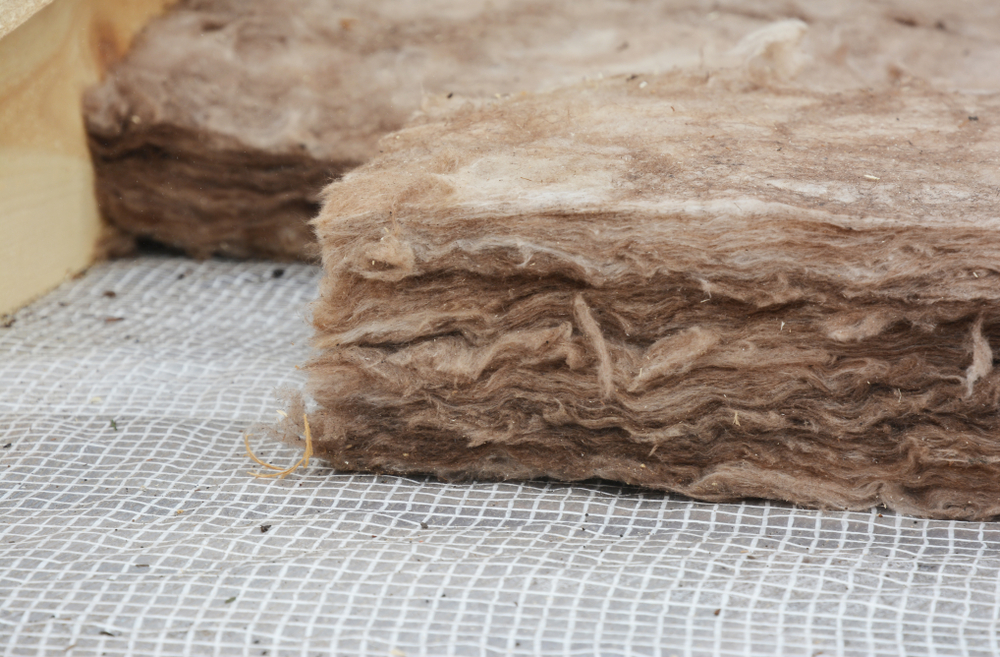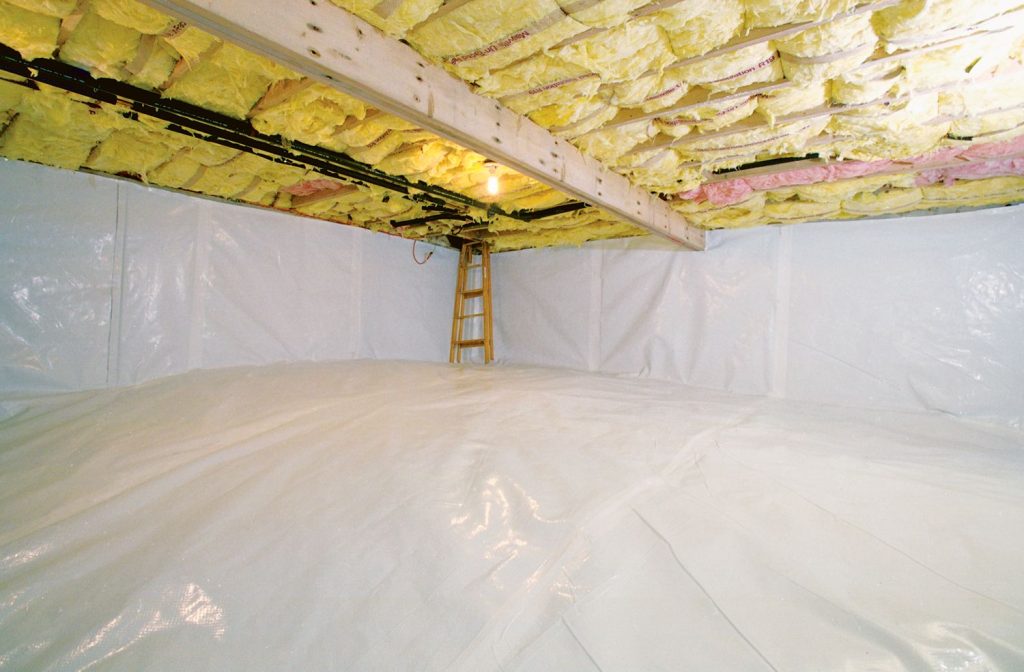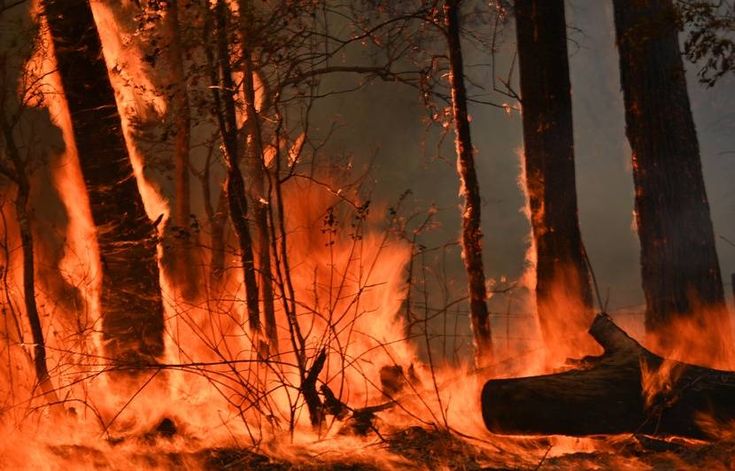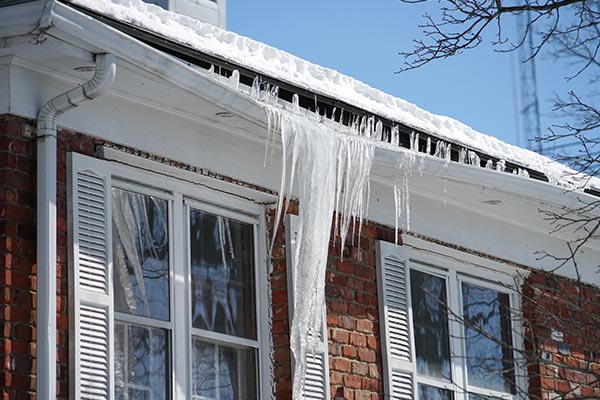
Wet insulation behind the wall is a serious problem that can cause health risks, higher energy bills, and structural damage to your home. Here are some key points you need to know about wet insulation:
- Wet insulation can be caused by various factors, such as air gaps and condensation, overhead drips, leaky pipes or flooding.
- Wet insulation can reduce its thermal resistance and conduct electricity, making your home less energy-efficient and more prone to fire hazards.
- Wet insulation can also promote the growth of mold and bacteria, which can release spores and toxins into the air, affecting your indoor air quality and health. Some type of insulation may also off-gas chemicals such as formaldehyde when wet, which can corrode your roof structures and harm your health.
- Wet insulation should be removed and replaced as soon as possible, especially if it is contaminated by sewage or flood water. You may need to open the wall cavity to inspect the insulation and allow it to dry out before closing it up again. You should also fix the source of the moisture and prevent it from happening again.
Wet insulation is not something you should ignore or delay. It can have serious consequences for your home and your health. If you suspect you have wet insulation behind your wall, you should take action immediately and consult a professional if needed.

There are several steps you can take to prevent your wall insulation from water damage, such as:
- Seal and ventilate the cavity wall. This will help to prevent water from entering the cavity from the outside, as well as prevent condensation from forming within the cavity.
- Address any potential sources of water infiltration, such as leaky roofs, gutters, pipes or appliances. This will help to avoid wetting the insulation from the inside.
- Install proper drainage around the foundation of the building. This will help to divert water away from the walls and prevent flooding.
- Use water-resistant materials in the construction of the outer wall, such as brick, stone or metal. This will help to protect the insulation from moisture exposure.
- Install an airtight membrane, such as a wall wrap, between the insulation and the wallboard. This will help to increase the performance of the insulation and prevent moisture from reaching it.
By following these steps, you can help to prevent your wall insulation from water damage and maintain its effectiveness and durability.



 PuroClean of San Clemente
PuroClean of San Clemente